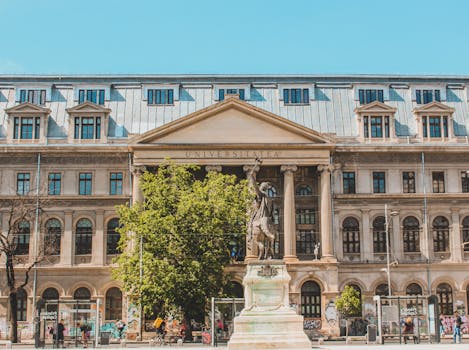
Traveling Through Time: How Europe’s Historical Heritage Shapes Modern Lifestyles in 2025
Traveling Through Time: How Europe’s Historical Heritage Shapes Modern Lifestyles in 2025. Europe, a continent steeped in history and tradition, has a profound impact on modern lifestyles. From the picturesque streets of Italy to the vibrant cities of Spain, every country in Europe has its own unique cultural heritage that continues to shape the way people live, work, and interact with one another. In this article, we will explore the ways in which Europe’s historical heritage influences modern lifestyles, and what this means for travelers and locals alike.
Architecture and Urban Planning
One of the most visible ways in which Europe’s historical heritage shapes modern lifestyles is through its architecture and urban planning. Many European cities, such as Paris and Rome, have preserved their historic centers, with narrow streets, charming piazzas, and iconic landmarks like the Eiffel Tower and the Colosseum. These historic areas are not only popular tourist destinations but also thriving hubs of activity, with locals and visitors alike enjoying the unique atmosphere and charm of these areas. The preservation of historic architecture has also influenced modern urban planning, with many cities incorporating green spaces, pedestrian-friendly streets, and mixed-use development into their designs.
Art and Culture
Europe’s historical heritage has also had a profound impact on the continent’s art and culture. From the Renaissance to the modern era, European artists have been inspired by the continent’s rich cultural heritage, creating some of the most iconic works of art in human history. Today, this legacy continues, with many European cities boasting world-class museums, galleries, and performance venues. The Uffizi Gallery in Florence, the Louvre in Paris, and the National Gallery in London are just a few examples of the many institutions that showcase Europe’s incredible artistic heritage. Additionally, the continent’s vibrant cultural scene is reflected in its many festivals and events, such as the Venice Carnival, the Tomatina festival in Spain, and the Oktoberfest in Germany.
Cuisine and Food Culture
European cuisine is renowned for its diversity and richness, with each country having its own unique culinary traditions and specialties. From the pasta dishes of Italy to the tapas of Spain, and from the beer halls of Germany to the fine wine of France, European cuisine is a reflection of the continent’s historical heritage. Many traditional dishes have been passed down through generations, with local ingredients and cooking techniques being used to create delicious and authentic meals. The preservation of traditional cuisine has also influenced modern food culture, with many restaurants and chefs incorporating historic ingredients and cooking methods into their menus.
Conclusion
In conclusion, Europe’s historical heritage continues to shape modern lifestyles in many ways, from architecture and urban planning to art and culture, and cuisine and food culture. As we travel through time and explore the continent’s rich history, we can see how the past continues to influence the present, and how this unique cultural heritage makes Europe such a fascinating and captivating place to visit and live. Whether you are a history buff, a foodie, or an art lover, Europe has something to offer, and its historical heritage is an integral part of what makes the continent so special.





